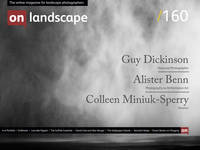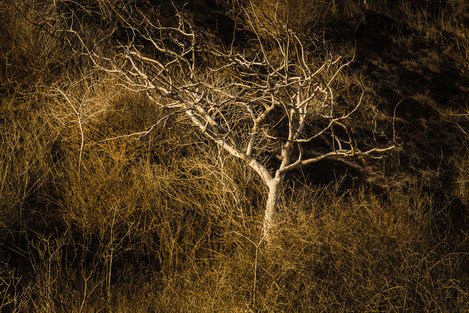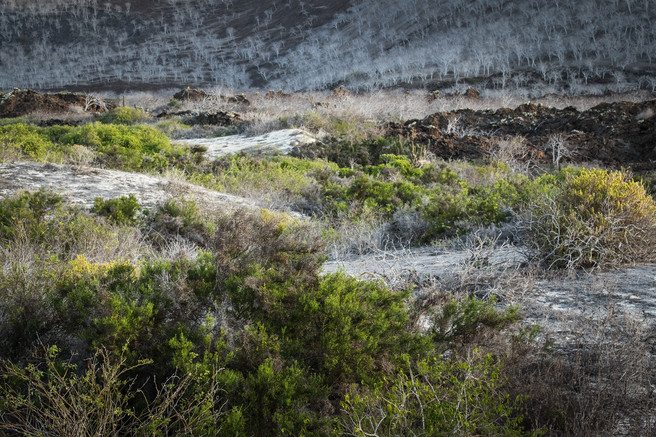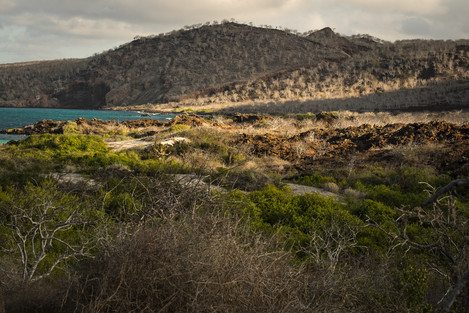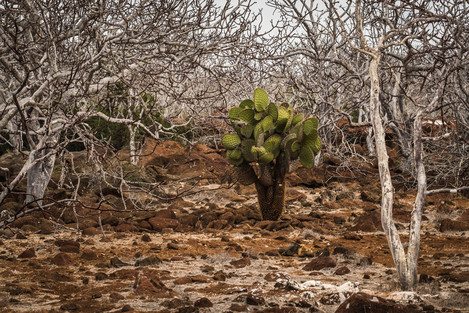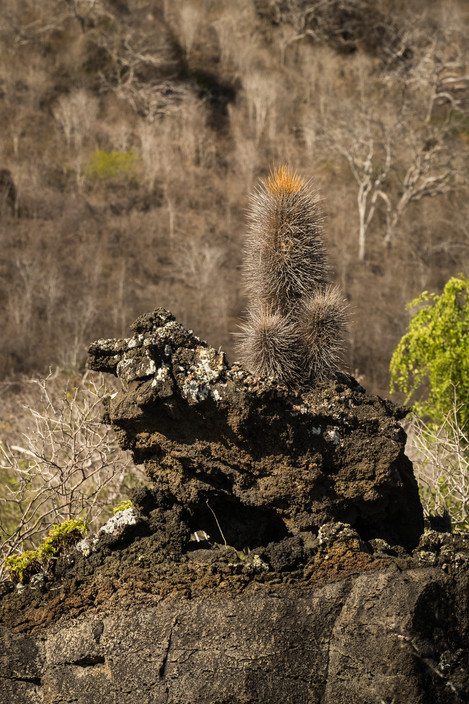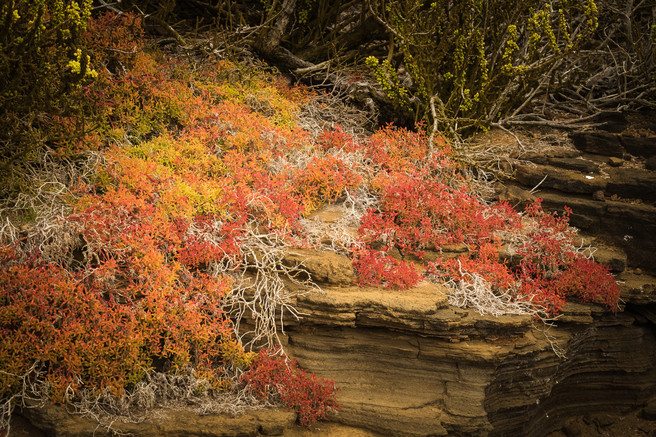I had a dream

Kenneth Meijer
My name is Kenneth Meijer and I live near Stockholm. After 42 years in the IT business, I am a full time nature and landscape amateur photographer.
During the second half of the 1960s, I saw a few 30 minutes TV programs on Swedish television. As I watched them a dream was born – a dream of someday being able to visit this archipelago myself. The dream became a reality in November 2016 after 18 months of planning. It was finally time for an adventure to South America with the Galápagos’ Islands as the highlight for me.
When we think about the Galápagos Islands we envision encounters with birds, sealion, iguanas, etc. Animals that aren’t shy or reserved which gives you the opportunity to get really close to them. But when I finally got there I realized that the scenery was an equally good experience. November means drought season - on the volcanic islands - during which the landscape is characterized by trees and bushes that are withered and therefore appear to be dead. The use of this bare landscape when I created my images was really interesting. Even the colour pallet that the landscape present feels really special. This contributed to offer us an exciting and magical light setting on many of our landings.
We lived on a cruise ship that had 15 international guests representing many parts of the world. I have found by experience that a group of this size is ideal for explorations like this. Our cruise started around the southern islands and then continued north. During the trip, we had the privilege of crossing the equator in both directions. Each day we made a couple of landings and at least one snorkelling session in water that was around 25 degrees Celsius.
When the landings took place on sandy beaches we sometimes combined it with snorkelling. The shores varied from white sandy beaches to steep rock walls. The landscape also varies between the islands – some of them with ridges and mountaintops and others more or less flat. Aside from the topography the vegetation also differs from island to island. On some of them, there are cactuses growing. These are fascinating to us northerners in many ways; they are exotic since we’re not used to seeing them in the wild but also their size and that they only grow about 6 mm per year. This makes many of the largest specimens several hundred years old. The cactus leaves contain a lot of water and make up the only source of food for the land iguanas. So each land iguana has a cactus that they guard and stands ready for a leave to fall to the ground. As you can imagine that doesn’t happen every week. Some birds also collect their nutrition and liquids from the cactus leaves.
Depiction of landing on one of the Islands
I boarded the rubber boat and made the short journey to a sandy beach. Landing on beaches meant that I had to jump into the water and wade the final stretch onto the beach. The water was; by Swedish standards; warm and the colour was a beautiful and inviting turquoise. The sand beaches where rarely more than 25 to 50 meters wide and where made up by nice soft sand. When I reached the beach I sat down on some driftwood to change my shoes. When I lifted my eyes I saw a Galapagos hawk calmly regarding me from some shrubbery about 7 meters from where I was.
The path I followed was made up of maroon sand. Some of the bushes near the beach had some green leaves but the further from the water I came the dryer they looked. The path led me up along a slope and ended on a plateau surrounded by cactuses. On the ground, the land iguanas resided and the sky was full of finches and other small birds flying around. Some birds rested on a cactus and picked at it to get some nutrition and water.
The whole scene felt magical; a landscape like nothing I had experienced before and at the same time animals that were unmoved by my presence. The clouds in the sky created a pleasant temperature and captivating light for photography. The colour palette went into pastels; green from the cactuses, brown from the cactus strains and maroon from the sand. There were no sounds aside from nature’s own. It felt so soothing to be free from the normal day to day background noise of traffic.
The return to Sweden
A few days after my return to Sweden; after a month of travel in South America; I had the idea to search for programs from the Galápagos Islands in the archives on “Sveriges Televisions” webpage. There I found one of Sven Gillsäters 30 minutes programs from the 1960s. I instantly watched it and had flashbacks to when I watched it the first time and remembered my experience in real life.
The circle was closed and the dream had become reality.
Facts about The Galápagos Islands
The Galápagos Islands in the Pacific Ocean consists of 15-20 larger islands 906 km (563 mi) west of continental Ecuador.
The volcano Wulf is the highest peak at 1707 meters.
The islands are part of the Republic of Ecuador and it’s been a National park since 1959. In 1986 the surrounding waters were recognized as a maritime nature reserve. The archipelago is part of Unesco's Heritage list. The management of the National park controls the life of the local population and the tourist with a firm hand. The population is scattered over 5 islands and amounts to about 20 000 inhabitants.
Many of the plants, birds and other animals are endemic, i.e. the species is only available on the Galápagos Islands.
There are 2 airports on the archipelago. There are several tour operators that are active on the islands. Most of them offer cruises but there are also some land-based offerings. The opportunities for exciting snorkelling are great.

